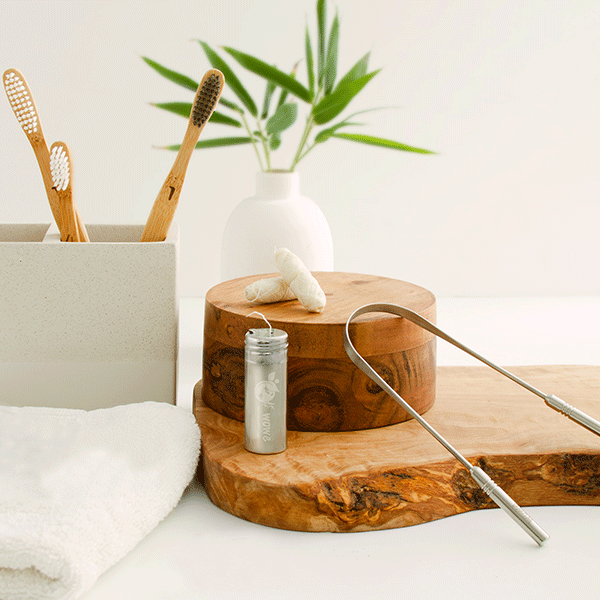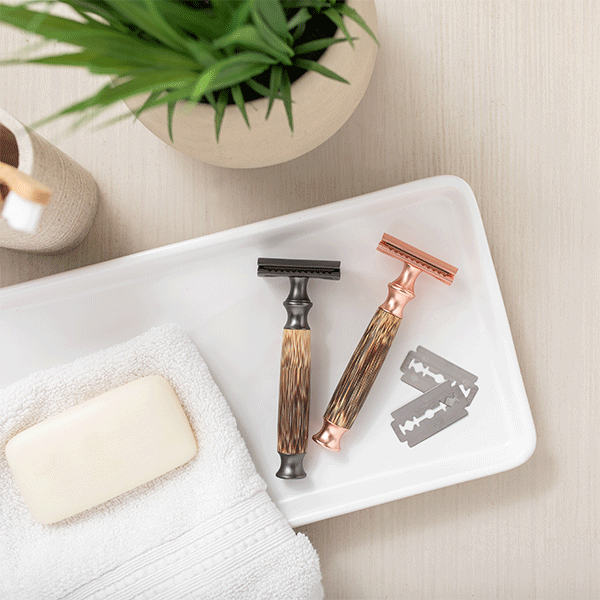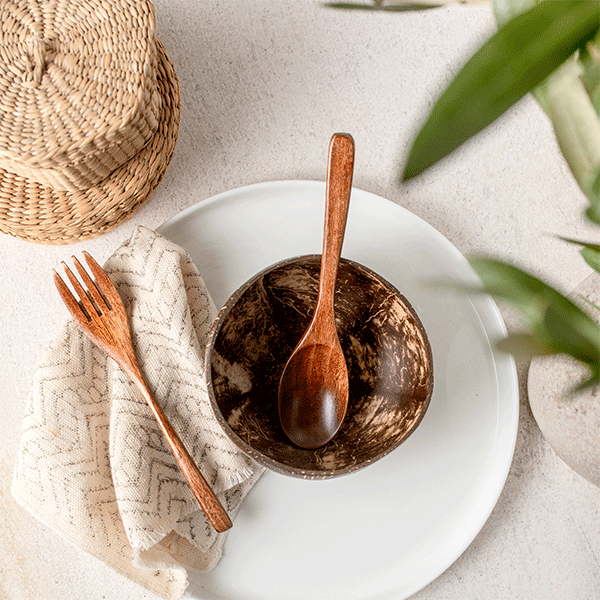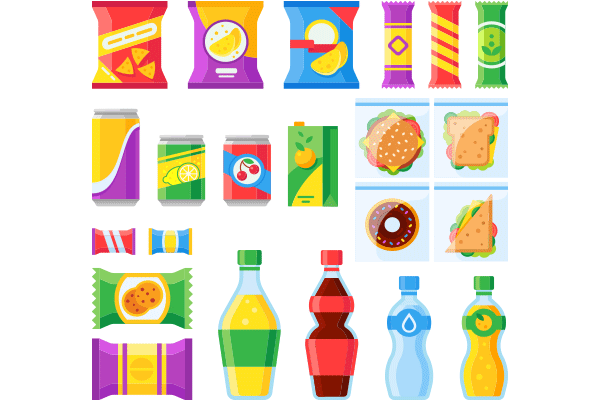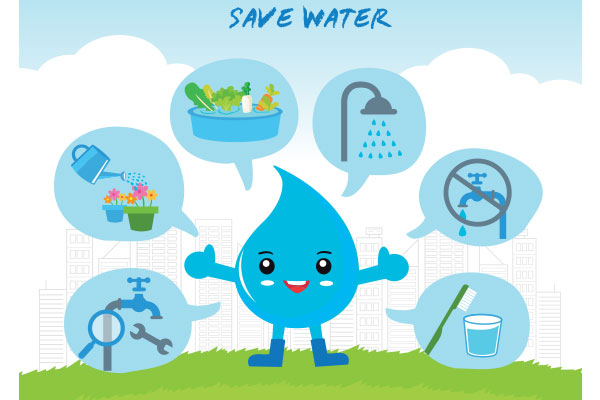Snacking is one of the world’s best activities, and we don’t care what anyone has to say about it! Snacks in all forms are amazing, whether you are getting cozy with one to watch a movie, or are grabbing something on the go to your next big activity, snacks are not just fun, they’re necessary.
If you have kids, snacks take on a new meaning, and become the one thing holding the balance between everything being completely fine and your kiddo being in full tantrum mode. Snacks help little ones stay happy and comfortable between meals, and help to fuel growing kids through long school days and long homework nights. If you rely on snacks to keep you and your family going strong, we get it, but there are a few snacks you might have in your home right now that are doing more harm than good.
Unfortunately, many snacks that are billed as “healthy” are also pretty harmful to the environment, usually because they are individually packaged for convenient and easy consumption. While some of us grew up with these single-serve snacking options, there’s really no reason to continue to buy items that use excessive packaging when there are healthier and more environmentally sustainable options available.
We’ve compiled a list of 4 “healthy” snacks that are also harmful to the environment, and included eco-friendly alternatives that are either healthier than the original, or at least just as unhealthy!
4. Microwavable Popcorn
Microwavable popcorn is the convenient, 3-minute solution to having movie theater-quality popcorn right in the comfort of your own home. Have you ever wondered how they make that popcorn so buttery without it all leaking out of the bag? Well, for decades, microwavable popcorn has been packaged in bags coated with grease-resistant perfluorinated compounds (PFCs), the same material used to coat Teflon pans and pizza boxes.
PFCs have been widely used in packaging since the mid 20th century, and have been so present that nearly 100% of the US population has PFCs present in their blood. While low levels of PFCs may not cause immediate harm, PFCs have been linked to certain cancers in humans and animals. In addition, the melting butter flavoring of some popcorn may create vapors, which have been linked to severe respiratory disorders.
Beyond the health implications of this “healthy” snack, microwavable popcorn bags are also bad for the environment. When thrown away, popcorn bags may leach PFCs into the environment, or, if littered, could be consumed by small critters looking for a tasty treat. Since PFCs have been linked to cancers in humans and animals, the consequences of consuming microwave popcorn bags could be worse than just an upset stomach.
Eco-Friendly Alternative
Instead of investing in another box of microwavable popcorn, head to your local store and check their bulk section for loose popcorn kernels. Popcorn is honestly waybetter when you make it on the stove, and if you haven’t already been enjoying stovetop popcorn, now is the perfect time to make the switch.
Bulk popcorn comes unpackaged, so you don’t have to worry about any residual waste from your tasty snack. Avoid grabbing a single-use container by bringing your reusable organic cotton produce bags, and stocking up on a pound or two of popcorn each time you run out. The best part of making your own popcorn is that you know exactly what is going into your snack, so you have total control!
Easy Healthy Stovetop Popcorn Recipe:
- Place a medium pot over high heat
- Add 2-3 tbsp. coconut or vegetable oil of your choice
- Pour in popcorn kernels until you have a single layer of kernels covering the bottom of the pot
- Cover your pot and shake to make sure your kernels are level. Now wait until you hear the first pop
- Once your popcorn starts popping, use oven mitts and grasp both sides of the pot to secure the lid while you shake the pot back and forth. Continue shaking to help the popped kernels to move to the top and to avoid burning the popcorn
- When your popcorn stops popping, remove from heat and toss with your favorite toppings!
Tasty Popcorn Toppings:
- Nutritional yeast
- Sea salt
- Cajun seasoning (like Old Bay)
3. Individually Wrapped String Cheese
String cheese is a classic childhood snack that will never get old, and is definitely a staple in the diets of plenty of adults! String cheese is already the perfect single-serving snack, but some companies take it a step further by literally packaging each piece of cheese individually. While this may be a convenient way for consumers to grab-and-go, each tiny piece of plastic that is tightly wrapped around each cheese ends up polluting the planet for centuries after you finish your last string.
The plastic used to wrap string cheese is non-recyclable, and is therefore doomed to a life in a landfill or polluting some ecosystem. As with other plastic packaging, string cheese packaging can easily be consumed by hungry wildlife, or can leach chemicals into the environment as they slowly break down over hundreds of years. Basically, individually wrapped string cheese is just plain wasteful, and it’s about time we stop buying it!
Eco-Friendly Alternative
Visit your local co-op, natural food seller, farmers market, dairy producer, or specialty cheese shop to look for locally made string cheese. Not only is this cheese usually way tastier (and healthier) than the commercial variety, they are also usually packaged in groups of ten or more, so you are saving considerably on packaging when you go this route.
2. Juice Boxes
Juice boxes have long been billed as a healthy drink option for kids, and are a common lunchbox staple. Whether you go for the cardboard box variety or the vinyl pouch, neither contain healthy beverages or are good for the environment. Firstly, most juices are high in added sugars, which can wreak havoc on developing teeth. Those without tons of added sugars are usually highly acidic, another factor that can impact the health of your child’s teeth.
Beyond the negative dental effects, juice boxes are made from non-recyclable materials - yes, even the paper ones. Paper or cardboard juice boxes are coated with water-resistant coatings, typically made from plastic or polymer-based chemical. In addition to the box or pouch itself being bad for the environment, the straws included with each juice box are plagued by the same problems as other plastic straws; namely that they can’t be recycled and are commonly consumed by marine creatures like sea turtles and gulls.
Eco-Friendly Alternative
Bottom line, juice boxes gotta go, and right now there really isn’t a super convenient alternative. If you really want to send juice with your child to school, try buying glass bottles and refilling them with juice you press at home, or try using a thermos or travel mug to store the beverage until lunch or snack time.
1. Yogurt Cups
Yogurt is full of probiotics, which are amazing for gut, immune, and skin health. Yogurt also provides a healthy source of calcium, which helps to strengthen teeth and bones. Yogurt is also high in protein and can be a great way to make sure your kiddo is getting enough protein if they are picky or if you follow a vegetarian diet.
Although yogurt really is a healthy snack option, most yogurt options are packaged in hard-plastic cups that, while recyclable, aren’t necessarily the most environmentally friendly packaging option. Some companies have turned to glass options, which are theoretically more sustainable, but the demand for single-use packaging remains problematic and harmful to the environment.
Eco-Friendly Alternative
To avoid the piles of plastic cups from your yogurt habit, consider making your own yogurt! This may sound like a daunting task, but in reality, making yogurt is pretty darn simple, and way more environmentally friendly. Making your own yogurt completely eliminates the need for single-use packaging, and you can easily use reusable glass jars to store each fresh batch of yogurt as you make it.
Yogurt can be made on the stove, in the oven, or in a pressure cooker like an Instant Pot. Using an Instant Pot is more environmentally sustainable than cooking on the stove or in an oven, since the Instant Pot uses electricity and less resources to achieve the same (or better) results. This recipe from A Mind Full Mom has all the information you need to make your own pressure cooker yogurt, and even includes all the nutritional information for your homemade yogurt.
Feeling inspired to live a more environmentally friendly life? Visit Wowe Lifestyle to see our full range of eco-friendly products, and be sure to check out our blog for more tips, tricks, and advice.


